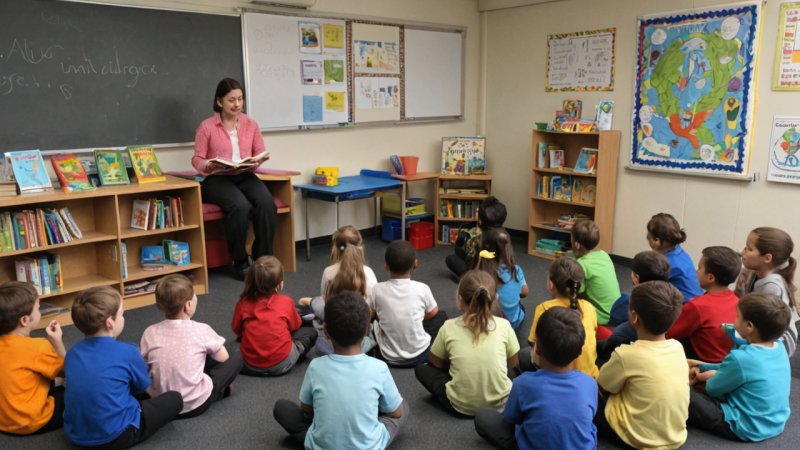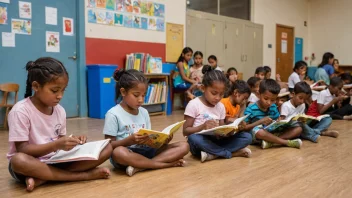Introduction
Storytelling is an age-old tradition that transcends cultures and generations. In the realm of education, it serves as a powerful tool to enhance literacy skills, foster creativity, and build critical thinking. This article will guide educators on how to effectively utilize storytelling in classrooms to improve students' literacy and engagement.
Step 1: Understand the Importance of Storytelling
Before implementing storytelling in your classroom, it’s essential to recognize its benefits:
- Enhances Vocabulary: Engaging with stories introduces students to new words and phrases.
- Improves Comprehension: Listening to and discussing stories helps students understand narrative structures.
- Encourages Imagination: Storytelling stimulates creativity and encourages students to think beyond the text.
Step 2: Choose Relevant Stories
Select stories that resonate with your students’ experiences and interests. Consider the following criteria:
- Age Appropriateness: Ensure the story is suitable for the age group.
- Relatable Themes: Look for stories that reflect the students’ backgrounds or challenges.
- Diverse Perspectives: Incorporate stories from various cultures to promote inclusivity.
Step 3: Create a Storytelling Environment
Set the stage for storytelling by creating an inviting atmosphere. Here are some suggestions:
- Comfortable Seating: Arrange seating in a circle or semi-circle to foster connection.
- Visual Aids: Use illustrations or props to enhance the storytelling experience.
- Minimize Distractions: Ensure the environment is quiet and conducive to listening.
Step 4: Engage Students in Storytelling
Encourage students to participate actively in the storytelling process. You can:
- Ask Questions: Prompt students to think critically about the story’s characters and plot.
- Encourage Predictions: Have students guess what might happen next in the story.
- Facilitate Discussions: Lead conversations about the themes and lessons in the story.
Step 5: Incorporate Creative Activities
To reinforce literacy skills, follow up storytelling sessions with creative activities:
- Story Retelling: Ask students to retell the story in their own words.
- Character Journals: Have students write journal entries from the perspective of a character.
- Illustrate the Story: Encourage students to draw scenes or characters from the story.
Step 6: Assess Literacy Development
Monitor and assess students’ literacy skills through storytelling. Consider using:
- Observation: Note student engagement and comprehension during discussions.
- Written Reflections: Collect students’ written responses to stories for evaluation.
- Peer Feedback: Encourage students to give constructive feedback on each other’s retellings.
Step 7: Iterate and Adapt
Storytelling is a dynamic process. Be open to feedback and willing to adapt your approach:
- Solicit Student Input: Ask students what stories resonate with them and why.
- Experiment with Formats: Try different storytelling formats such as digital storytelling, puppet shows, or dramatizations.
- Reflect on Outcomes: Continuously assess the effectiveness of your storytelling methods and make improvements.
Conclusion
Utilizing storytelling as a literacy tool in classrooms not only enhances students’ reading and writing skills but also fosters a love for literature and self-expression. By following these steps—understanding the importance, choosing relevant stories, creating an engaging environment, involving students, integrating creative activities, assessing development, and iterating your methods—you can create a vibrant storytelling culture in your classroom. Remember, every story told is a new opportunity for your students to learn and grow.






